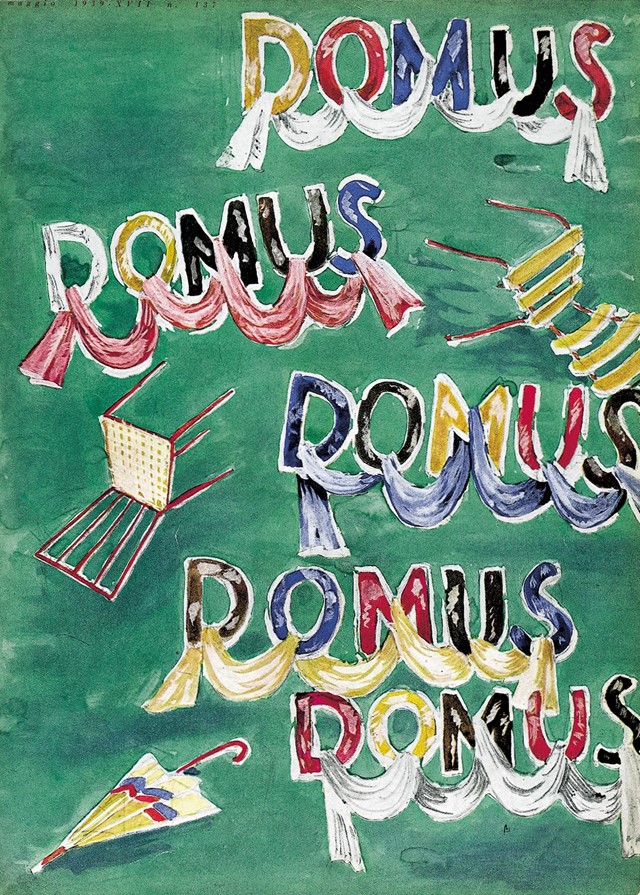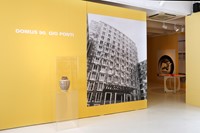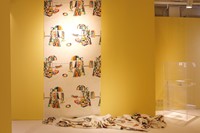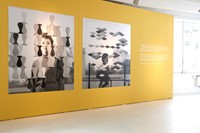An exhibition in Milan celebrates the legacy of architect, furniture designer and publisher Gio Ponti, and Domus, the magazine he founded and edited
Who? Gio (or Giovanni) Ponti did not believe that form should follow function. “Form is an ideal contribution,” he asserted, “independent of functionality and originated from concepts of essentiality and truth.” In contrast, he asserted, “functionality, always implicit in everything, has nothing to do with the matter”.
As well as building skyscrapers in Milan, cathedrals, university buildings and art museums around the world, Ponti took joy in making the smaller forms in life. He created ornate engraved glassware, disappearing fireplaces, and designed costumes and scenery for Milan’s famous La Scala opera house. The renowned Novecento ideology owes much to his contributions, in particular his development of the distinctive ‘casa all’italiana’ look, which came to be translated as ‘Italianness’.
Born in 1891 into a comfortable family in Milan, it was no wonder that Ponti, as a frail only child, began to focus at a young age on the designs of the world around him. After studying architecture – which he called “the stage and support of our lives” – at the Milan Polytechnic, he married Giulia Vimercati following his graduation in 1921, a marriage that catapulted him into Milan’s elite and garnered him many early commissions thanks to his increased social status. Although he originally trained as an architect, Ponti soon found himself designing for a variety of disciplines. In 1923 he became the art director for the Florentine ceramics firm Richard-Ginori, and his innovative creations earned him the Grand Prix at the 1925 Paris Expo. He went on to work as a designer for over 100 different companies in his lifetime.
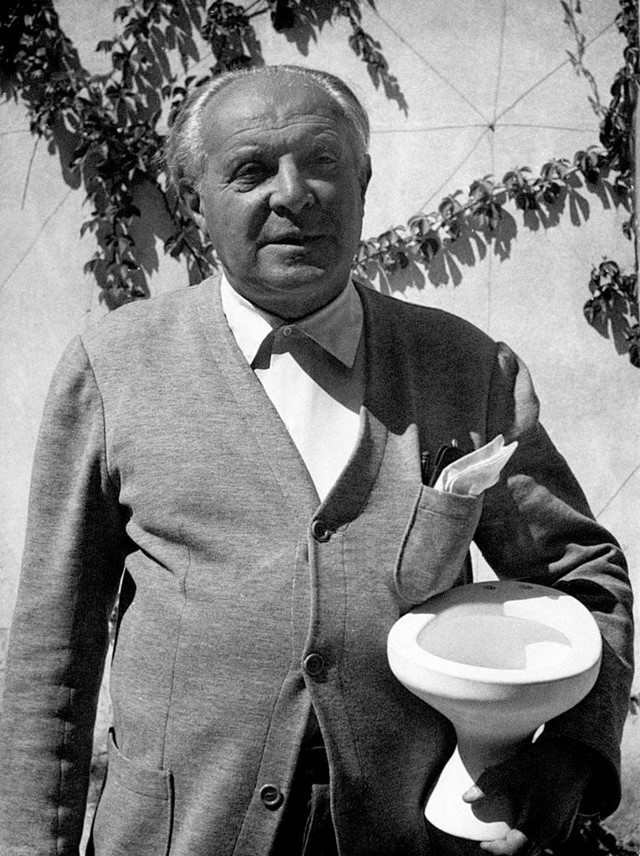
What? Among his many endeavours, Ponti was also a publisher. In 1928 he founded the design magazine Domus (Latin for “house”) with his friend Gianni Mazocchi, and edited the publication until his death (with only a short break between 1941 and 1948), writing at least one article in each of the 560 issues he produced. The magazine is still published to this day, and in celebration of its 90 years, an exhibition in the sheltered, ivy-clad Fondazione Sozzani gallery in the north of Milan has curated a selection of pieces by Ponti from the Domus archives to reaffirm his impressive legacy.
Photographs, chairs, ceramics, fabrics and line drawings all bring together the multidimensional media world of Ponti’s vision, a man as diverse as he was dynamic. Vibrant covers line one yellow wall, while delicate sketches and letters pulled from notebooks adorn another in small black frames. “The dream of painting has accompanied me all my life,” Ponti once noted, and when one looks at the signature lines and geometric shapes of his creations it’s impossible to miss it. Art in all its forms radiates out of his oeuvre, whether through the curved spine of his signature Superleggera chair, or the vibrant colours of hand-painted fabric.
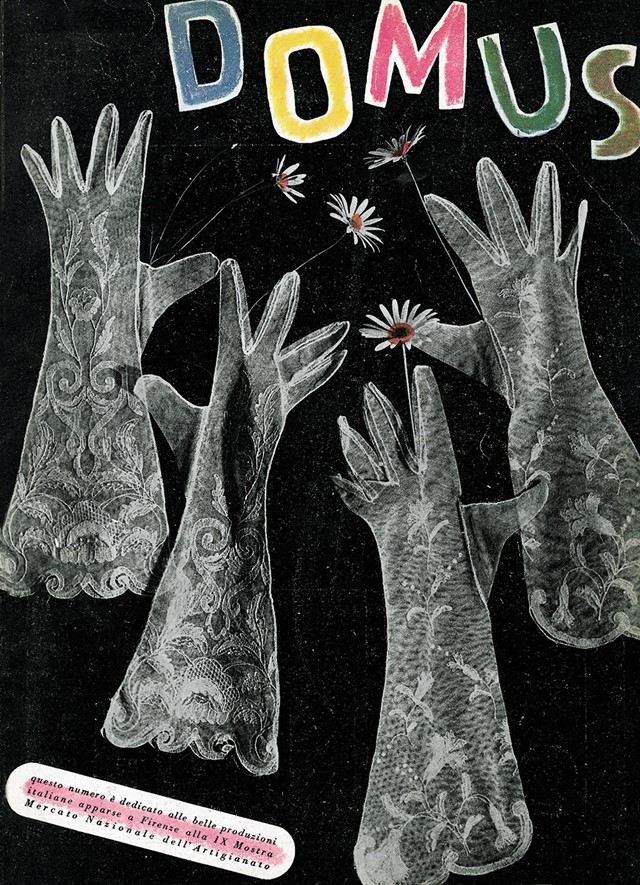
Why? Ponti endlessly sought to create what he called the finite, “finished form... unchangeable, unrepeatable, unique and coherent”. It was a quest that saw him work on everything from skyscrapers to textiles. In 1948 he even created a curved steel espresso machine called La Cornuta for Pavoni. As if the scope of his prolific work wasn’t enough, with buildings in 13 countries, 25 years of teaching, and 50 of editing, he also fought Fascism through both world wars. When his Modernist contemporaries joked that his well-roundedness made him a true Renaissance man, he questioned their comparisons: “Why must I be compared to Italians of the past and not to a modern Italian, or just an Italian?”
Ponti felt time was “measured (even ‘created’) only by the transformation of things. Where things do not change, time does not exist and history does not exist”. In particular, artistic disciplines should always be open to experimentation as “innovation was a natural fact of evolution”. He believed art was a quotidian necessity – something that should be accessible and functional – and through his articles and editorials in Domus these ideals became a central part of establishing Italian design in the modern world. It feels fitting then, after 90 years of enjoying its pages, to pay homage at Milan’s Galleria Carla Sozzani.
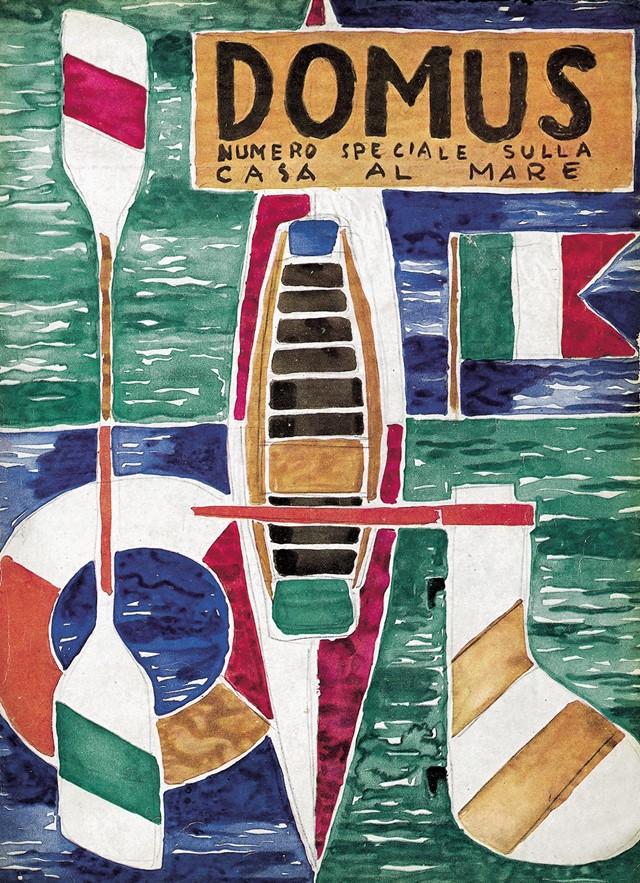
Domus 90. Gio Ponti runs till May 6, 2018 at Galleria Carla Sozzani, Milan.
